In the hustle and bustle of daily life, effective time management is key to staying organized, reducing stress, and achieving our goals. One valuable tool for enhancing time management skills is the hourly planner. Unlike traditional planners, which often provide only daily or weekly views, an hourly planner offers a detailed breakdown of each day into manageable increments. In this article, we'll explore how to effectively utilize an hourly planner to maximize productivity and achieve greater balance in our lives.
Understanding the Hourly Planner
Before diving into the practical aspects of using an hourly planner, it's essential to understand its structure and purpose. An hourly planner typically consists of a grid or table layout, with each row representing a specific hour of the day and each column representing individual days or dates. This layout allows users to plan their activities and tasks hour by hour, providing a clear overview of their schedule and commitments.
Benefits of Using an Hourly Planner
The benefits of using an hourly planner are numerous and significant. Firstly, it promotes enhanced time awareness by encouraging users to allocate specific time slots for various tasks and activities. This proactive approach helps prevent procrastination and ensures that important tasks are completed on time.
Furthermore, an hourly planner facilitates prioritization and time allocation, allowing users to identify and focus on high-priority tasks while delegating or deferring less critical ones. This not only increases productivity but also reduces the likelihood of feeling overwhelmed by a long list of tasks.
Additionally, an hourly planner promotes better time estimation and realistic goal setting. By breaking the day into manageable segments, users gain a more accurate understanding of how long each task will take, enabling them to set achievable goals and deadlines.
Finally, an hourly planner serves as a valuable tool for reflection and improvement. By reviewing past schedules and identifying areas for optimization, users can refine their time management skills and make adjustments to their daily routines for greater efficiency.
Practical Tips for Using an Hourly Planner
Now that we've established the benefits of using an hourly planner, let's delve into some practical tips for making the most of this valuable tool:
- Start with a Daily Overview: At the beginning of each day, take a few minutes to review your schedule and commitments. Identify any fixed appointments or deadlines and block off time slots for these first.
- Prioritize Your Tasks: Once you have a clear overview of your day, prioritize your tasks based on importance and urgency. Use color coding or symbols to distinguish between different types of activities, such as work-related tasks, personal errands, or leisure activities.
- Allocate Time Slots: Break down your day into hourly increments and allocate specific time slots for each task or activity. Be realistic about how long each task will take and allow buffer time for unexpected delays or interruptions.
- Be Flexible: While it's essential to stick to your schedule as much as possible, it's also important to be flexible and adapt to changes as needed. If a task takes longer than expected or an unexpected opportunity arises, adjust your schedule accordingly.
- Review and Reflect: At the end of each day, take a few minutes to review your schedule and assess your productivity. Identify any tasks that were not completed and determine the reasons why. Use this information to make adjustments to your schedule and improve your time management skills moving forward.
- Consistency is Key: Like any habit, effective time management requires consistency and practice. Make using your hourly planner a daily ritual, and soon it will become second nature.
- Use Technology to Your Advantage: While traditional paper planners can be effective, there are also numerous digital tools and apps available that offer hourly planning features. Experiment with different options to find the one that works best for you.
Conclusion
In conclusion, mastering time management is essential for success in both personal and professional life. An hourly planner is a valuable tool for enhancing time awareness, prioritizing tasks, and achieving greater productivity. By following the practical tips outlined in this article and incorporating hourly planning into your daily routine, you can take control of your schedule and achieve your goals with confidence.
Learn more: We Make the World's Best Planners & Journals | Productivity Store

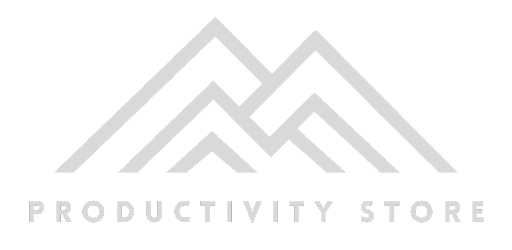






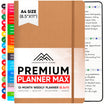

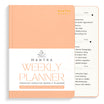



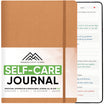

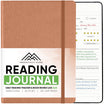
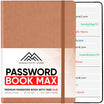
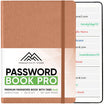
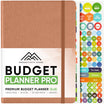


Leave a comment
All comments are moderated before being published.
This site is protected by hCaptcha and the hCaptcha Privacy Policy and Terms of Service apply.